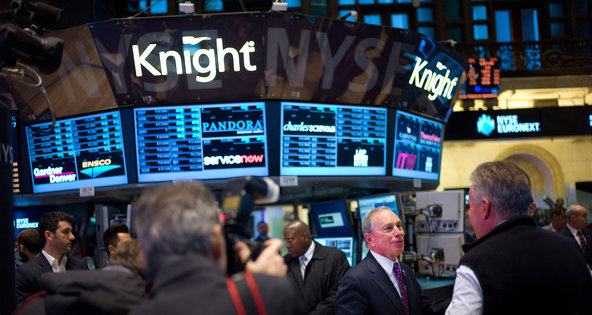A group led by the Carlyle Group agreed on Friday to buy 7 Days Group Holdings, a Chinese low-cost hotel chain, for about $689 million, taking the company private.
The sale by 7 Days comes as many Chinese companies that sought listings in the United States several years ago have been running into problems — with some of these entities facing heightened regulatory scrutiny.
When 7 Days went public on the New York Stock Exchange in late 2009, Chinese companies were increasingly finding rapturous greetings by American investors seeking to tap into the enormous growth in that country.
Since then, many of these Chinese companies have run into trouble from both regulators and investors, and their stock prices have largely fallen. Shares in 7 Days have slid 16 percent over the last 12 months.
Under the terms of the agreement, Carlyle and its partners, Sequoia Capital and Actis, will pay $13.80 per American depositary share, a slight bump from 7 Days’ Thursday closing price. It is also 30.6 percent higher from the company’s closing price on Sept. 25, the day before 7 Days first received a buyout proposal.
JPMorgan Chase and the law firms Baker McKenzie and Maples and Calder advised a special committee of 7 Days’ board, while the company itself was counseled by O’Melveny and Myers.
The buyers consortium was advised by Nomura and the law firms Skadden, Arps, Slate, Meagher Flom; Kirkland Ellis; Conyers Dill Pearman; and the Han Yi Law Offices.
Article source: http://dealbook.nytimes.com/2013/03/01/carlyle-led-group-to-take-chinese-hotel-chain-private/?partner=rss&emc=rss






